BMW Art Guide by Independent Collectors
João Carlos de Figueiredo Ferraz
Instituto Figueiredo Ferraz (IFF) - São Paulo, Brazil
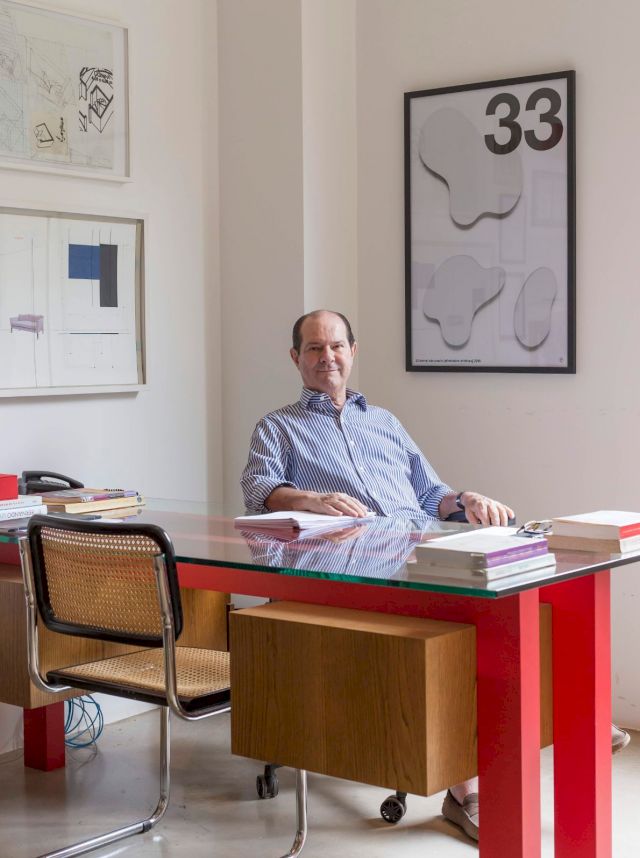
How important is having the title of “collector” to you?
It is not so important. The most important thing for me is the Institute I built, which creates the possibilty for access to contemporary art for students and the public of all ages the through our Education Program. I have an affective relationship with the artworks I collect, and each one of them has a different story or reason to be in the collection. Since the early 80’s when I bought the first works, I’m close to the artists, art critics and galleries - I follow their careers and keep buying works that I believe are relevant for the collection. In this case, rather than a collector, I consider myself an art affectionate.
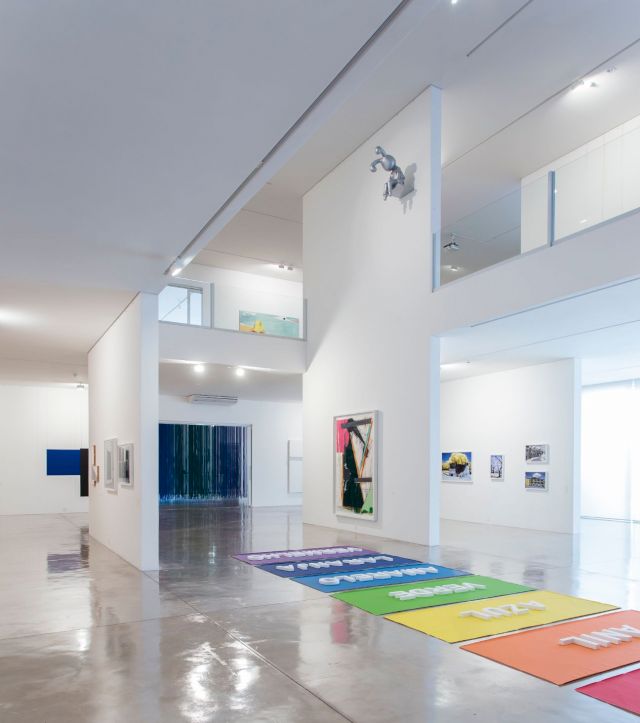
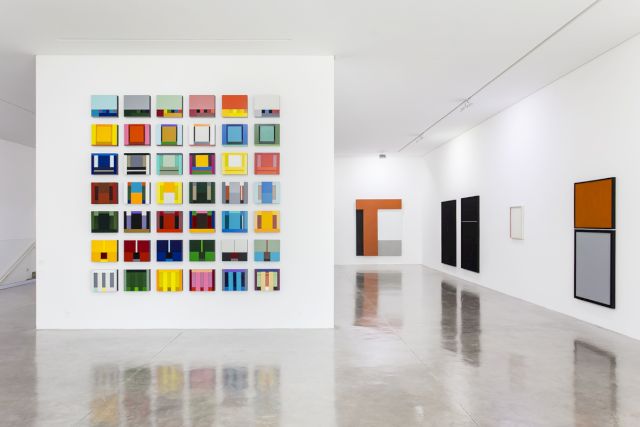
Does your collection follow a specific theme or particular artists?
The collection consists mostly of Brazilian contemporary art, with works ranging from the late 70’s up until the present. There is a large range of artists, since I try to follow the art production monthly, seeking works that can enrich the collection, regardless of the artist's age or being known or unknown. Most of the time it is a risk, but it works for me because I’m not interested in the economic value of the pieces.
We have works by artists that started their careers in the 60’s such as Waltércio Caldas, Tunga, Cildo Meireles, Regina Silveira and Nelson Leirner. Artists from the 80’s generation include Jorge Guinle, Leonilson, Casa 7 group and Paulo Pasta and from the 90’s there is Adriana Varejão. There is installations by Marcius Galan and duo Gisela Motta and Leandro Lima. Of young artists, positions include such as Ana Sario, Mauro Piva, Marcus Vinicus… Today we have over one thousand works, of paintings, installations, sculptures, videos, photographs and works on paper.
Do you have a personal relationship with the artists you collect?
Yes, I know almost all of the artists I collect and I follow their careers. For instance, I have works by Nuno Ramos, Fabio Miguez, Dudi Maia Rosa, Paulo Pasta and many others from the last three decades. Many of them become close friends. The same happens with gallerists such as Luisa Strina, Raquel Arnaud, Eduardo Leme, Eduardo Brandão and many others.
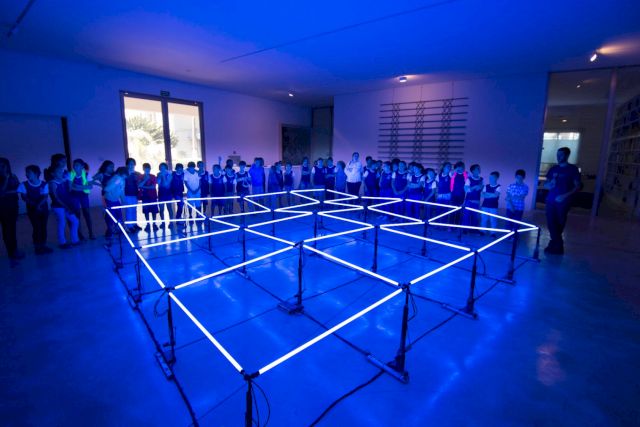
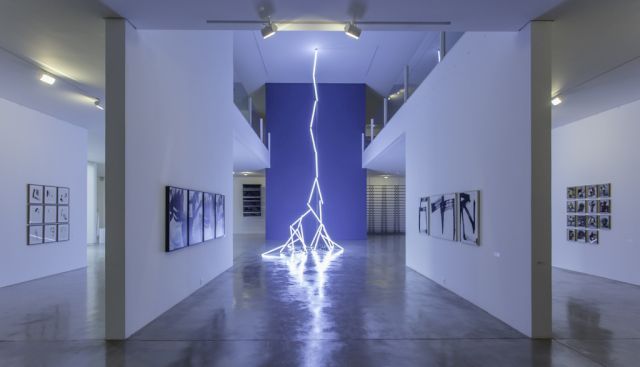
Is there an artwork that you love but can’t live with due to size, medium, or value?
No, all the artworks are important for me. Each one of them is special, no matter size or importance of the artist.
In your opinion, what mistakes do young collectors commonly make? And what mistakes did you make when first starting on your collecting journey?
Collecting contemporary art is always a risk. But it is worth it if you are engaged in the art milieu and if you love what you collect. You really have to like it. I believe the most common mistake is collecting with financial purposes. That is my point of view…
What has the reaction been like from visitors of your collection since making it publicly accessible? Does this reaction impact you and what you collect?
When I decided to purchase a piece of land and build the Instituto Figueiredo Ferraz (my wife and I personally designed the building), I just wanted a place to install my collection and to be able to see the works that were kept in crates for a long time. The idea came after I was invited to show the collection at the Museum of Modern Art in São Paulo, in 2001. When I saw the works installed in the MAM’s space, I knew I had to have a place where they could be constantly shown. At first I didn’t think of opening the space to the public, but as soon as we opened the IFF in October 2011, we felt that it had to share the collection publically. I was really impacted by the reaction of people that came that I decided to keep it open from Tuesday to Saturday and to have an education department devoted to schools, mainly public ones.
Since we have opened the IFF, we haver had over forty thousand visitors, most of them are students from schools of Ribeirão Preto and nearby cities. It is an amazing number if you take in account that we are located in a city of less than one million inhabitants. So, yes, it impacts not only what we collect, but also how we show the collection. For that reason, I invite a curator every year to make a selection of works from the collection. We also print folders with texts and images of the exhibitions, which are freely distributed. Our website has videos with interviews with the curator and the artists of the collection, available through youtube. Entrance is also free.
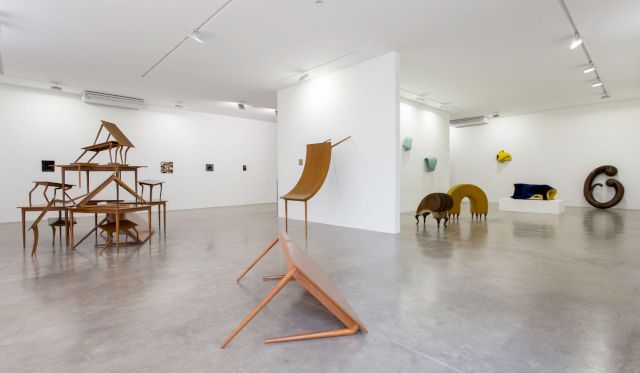
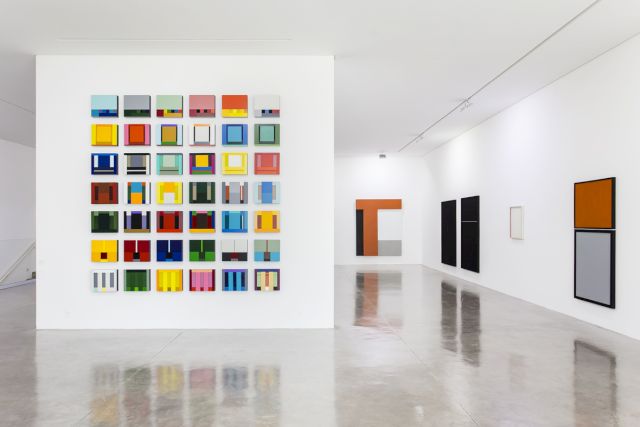
How has the attitude to collecting changed since you began?
I began the collection in a very informal way, buying artworks to install my apartment in Sao Paulo. I was introduced to Luisa Strina and bought a Jorge Guinle painting. That was the first artwork I acquired. When I moved to a bigger house in Ribeirão Preto, I felt I had to buy more works to fill the walls. Well, I filled the walls and never stopped collecting.
Which publicly accessible private collection would you recommend visiting?
Inhotim, in Minas Gerais is a memorable collection. I also suggest Marcos Amaro’s collection, who just opened a public space in Itú, a small city near São Paulo.
All images courtesy The IFF, Ribeirão Preto, Brazil
More Information on IFF